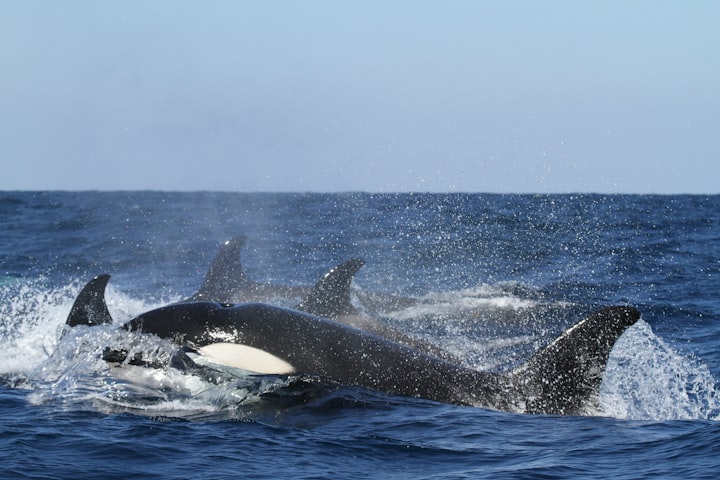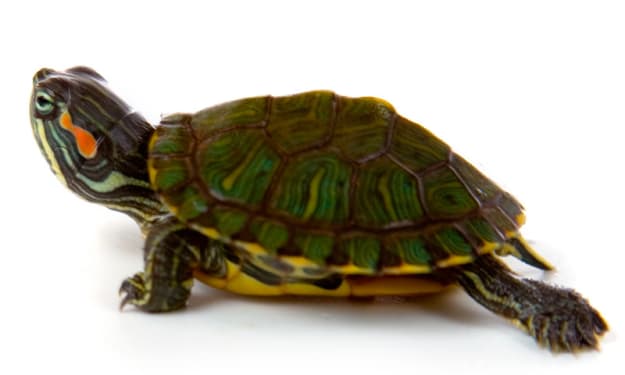Orca: Two Different Species?
A recent study by some scientists has led to a new hypothesis that killer whales might comprise two distinct species.
For several decades, researchers have acknowledged the existence of three distinct killer whale ecotypes in the world's oceans: the fish-eating residents, the mammal-eating transients, and the offshore killer whales that feed primarily on sharks in the open ocean. In the Pacific Northwest, researchers have extensively studied both resident and transient killer whale populations, particularly their cultural practices related to hunting. Recently, there has been a scientific debate about whether these two killer whale populations belong to the same species but exhibit different hunting abilities or make up separate species. A new study published in The Royal Society Open Science on March 27, 2024, suggests that these two killer whale populations may indeed be distinct species.
About Orcas (Or Recognizing Subspecies and Species)
Throughout history, killer whales were widely considered being a single species known as Orcinus orca, as determined by examining the skull morphology of individual specimens. However, many studies over the years investigating the morphological, behavioral, acoustic, and genetic characteristics of this species have hinted at the potential existence of multiple subspecies or even distinct species of killer whales globally. Despite these findings, the available information has insufficiently supported a comprehensive taxonomic revision.
In various regions where researchers have conducted studies on these mammals, they have observed distinct characteristics among different ecotypes based on their body size, color patterns, social structures, vocalizations, and hunting strategies.
The study in question focused on two distinct populations of killer whales off the Pacific Northwest coast, which researchers have been aware of for over fifty years.
Resident Orcas (The Fish-Eaters)
The fish-eating orcas, scientifically known as Orcinus ater, are commonly referred to as "residents." They inhabit coastal waters and primarily feed on salmon. Male orcas can grow up to 24 feet long, while females reach a maximum length of 21 feet. One distinctive feature of resident orcas is their open saddle patches with varying amounts of black and gray pigmentation.
Additionally, there is significant variation in the size and shape of their dorsal fins. Male orcas are renowned for their impressive dorsal fins, which can reach a length of almost 6.5 feet and sometimes lean forward. In contrast, females have curved dorsal fins with rounded tips. Resident orcas exhibit a unique social structure, forming multi-generational pods where both male and female calves remain with their mothers for their entire lives.
Their prey comprises various marine fish, with a strong preference for Chinook salmon. While hunting, resident orcas are highly vocal, using a combination of echolocation and vocalizations to locate and communicate with each other. Their vocalizations are population-based, with distinct call types and family dialects. The range of resident orcas is seasonal, extending from northern California to western Russia.
Transients, or Bigg’s Orcas (The Mammal Eaters)
The mammal-eating transient orcas, also known as Bigg's orcas or Orcinus rectipinnus, make their home far out at sea. Males can grow up to 27 feet long, while females reach a maximum length of 23 feet. They have closed, gray saddle patches that exhibit extensive scarring. Males sport wide dorsal fins that reach a maximum height of five feet, while females have wide, slightly triangular dorsal fins with pointed tips.
Unlike their resident counterparts, transient orcas have a distinct social structure. While resident orcas may remain in their birth pod throughout their lives, both male and female transient orcas may leave their mother's pod or form smaller pods.
When hunting marine mammals and squid, transient orcas employ silent tactics. However, their vocalizations exhibit regional variations in call types. Because of their wide-ranging movements in search of prey, transient orcas range from the continental shelf of temperate waters off California to the Arctic.
What Did the Study Show?
A recent study combined evidence from many researchers on killer whale populations. Through genetic analyses, it's now believed that these two distinct populations are not merely unique or subspecies, but potentially entirely separate species, having likely diverged genetically between 300,000 and 200,000 years ago. No evidence of inbreeding between resident and transient populations was found, thanks to newly developed tests that can identify a whale's residence.
The researchers have proposed naming the resident population Orcinus ater and the transients Orcinus rectipinnus. However, this proposal is under review by the Society for Marine Mammalogy's taxonomic committee. If approved, these whales will be recognized as separate species based on their newly assigned scientific names.
What about the Offshore Orcas (The Shark Eaters)?
In the eastern Pacific Ocean, beyond the continental shelf, there is a lesser-known ecotype of killer whale that primarily preys on sharks and various fish species. This specific group was also the subject of a study published in Aquatic Mammals, which recorded 49 sightings between 1997 and 2021.
This study suggests that Offshore orcas, also sometimes referred to as "oceanic" orcas, have a unique diet and behavior compared to other killer whale populations, might be a transient orca subpopulation despite lack of genetic data to confirm it.
What’s Next?
As resident and transient killer whales are recognized as distinct species, developing effective conservation policies becomes increasingly challenging because of their global distribution. Animals worldwide face diverse threats, including climate change, pollution, overfishing, and habitat destruction, which compromise their survival. To effectively conserve killer whales as different species, these policies must address the specific threats they encounter in their shrinking ocean habitat. For instance, Southern Resident killer whales in the Pacific Northwest would benefit from policies that safeguard their food source by removing river dams, allowing migrating salmon to reach their freshwater breeding grounds.
About the Creator
Jenna Deedy
Zoo and Aquarium Professional, Educator, Cosplayer, Writer and B.A. in Psychology whose got a lot to share when it comes to animals, zoos, aquariums, conservation, and more.
Instagram: @jennacostadeedy







Comments
There are no comments for this story
Be the first to respond and start the conversation.